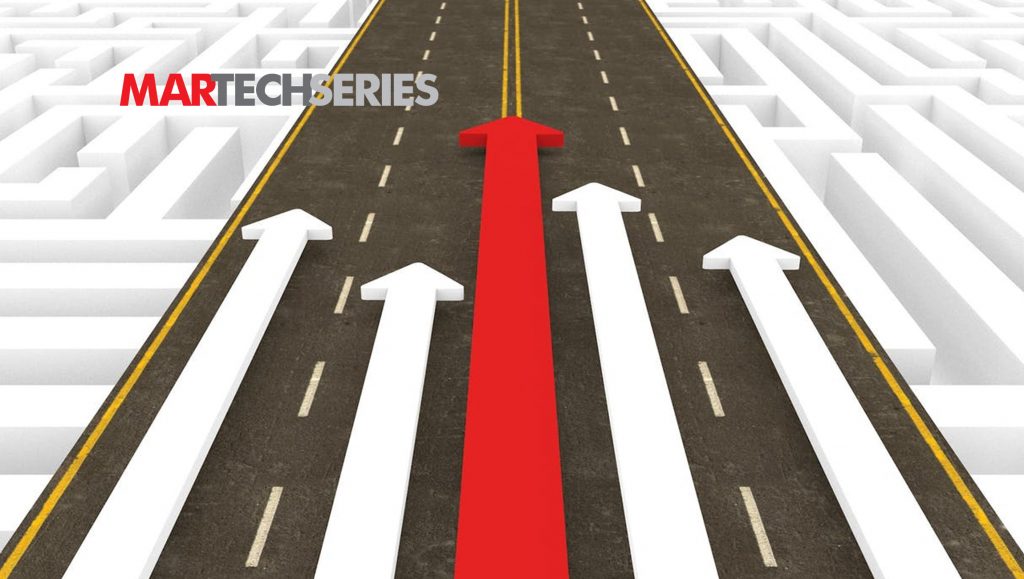Frost & Sullivan’s Visionary Innovation Team Finds Prioritizing Mobile And Omnichannel Strategies Augment Growth Opportunities In The B2b Online Retailing Market
Frost & Sullivan’s latest analysis, Future of B2B Online Retailing, predicts that online B2B transactions of manufacturers are expected to reach $3.68 trillion in key economies such as the US, China, United Kingdom, Germany, and Japan by 2025. The trend would be largely driven by web-only features such as digital sales platforms, instant customer reach, cross-border accessibility, innovative fulfillment, and website compatibility (mobile and other platforms).
In addition, the study examines the online sales in the manufacturing industry and classifies the B2B relationships and working models. It focuses on techniques needed to improve the efficiency of online operations and customer services to enhance future growth opportunities. Read Also: Evergage Named Best E-Commerce Solution at SIIA CODiE Awards
Is B2B Commerce On the Verge of Disruption?
Online business-to-business (B2B) retailing is on the brink of disruption as widening technology, customer and business model use challenges existing online business paradigms.
To remain competitive, increase visibility among other stakeholders, and build strong software and infrastructure services, retailers need to prioritize mobile and omnichannel strategies. They also must aggressively invest in B2B customer experiences by delivering personalized services through a focus on hypermarkets, assistive selling, and omnichannel presence.
Read More: Salesforce Extends Commerce Cloud Einstein — Delivering Personalized AI-Powered Shopping Experiences
B2B Commerce Growing More Complex; Focus Shifts to User Experience and Agile Delivery
According to Frost and Sullivan, the B2B eCommerce market is becoming more complex in the large online environment as the speed of delivery and user experience emerges as critical factors.
Comparing the latest trends with the past year, it is evident that B2B commerce largely relies on levering innovative technology and personalized unique solutions, considering them as key service differentiators. For sustenance, B2B companies are devising agile models that leverage economies of scale while meeting customer demands.
From a regional perspective, China will become the world leader in the B2B eCommerce market with $1.25 trillion in sales by 2025. China’s above average adoption can be attributed to overcoming hurdles associated with legacy technology and systems, and the success of homegrown B2B marketplaces such as Alibaba and JD.com that have automated the process for many small and medium-sized enterprises.
Read More: Microsoft To Join Partners And Consumers IoT Expo and WCIT 2017
Other noteworthy regional developments include –
- Strong growth from the US—the current leader in the market with $0.75 trillion in sales;
- Prioritizing the development of a B2B eCommerce marketplace in the US;
- Commitment to new technologies and embracing open-source solutions by European businesses, especially in Germany; and
- Integrating with third-party vendors such as the local leader, Rakuten, in Japan.
“B2B growth strategies clearly need to incorporate the innovations from business-to-consumer models into their websites to match increasing demands and expectations of business buyers,” noted Ved. “Giants such as Alibaba and Amazon are providing services such as enhancing the purchase journey through their cloud-based platforms, providing unique product differentiation through innovation, increasing product choices, and offering competitive prices. These strategies are set to shape the future of B2B eCommerce.”
Recommended Read: 40% Consumers Abandon Websites due to Bad Advertising Experiences, says Rakuten Marketing Report























